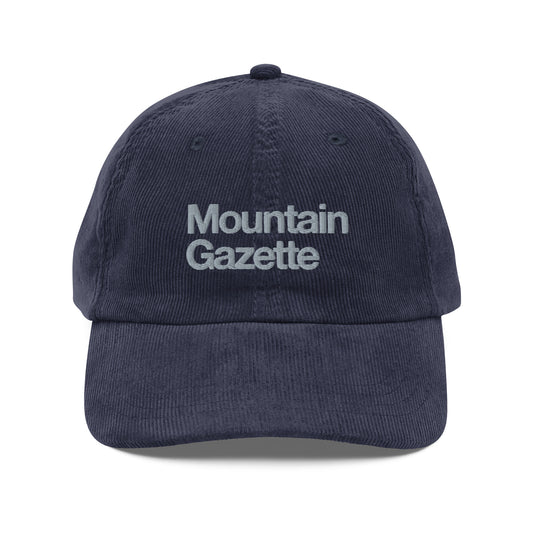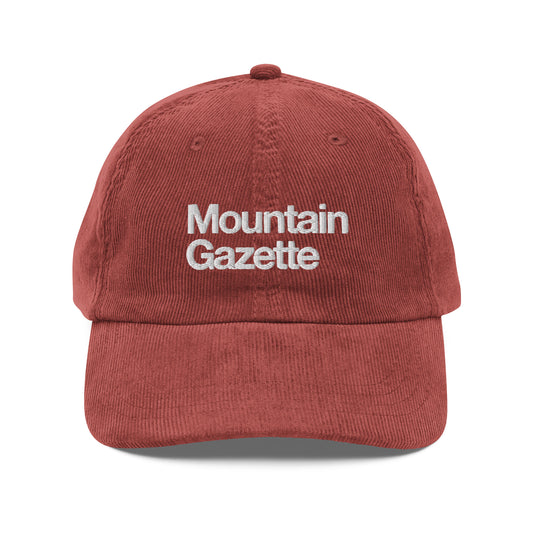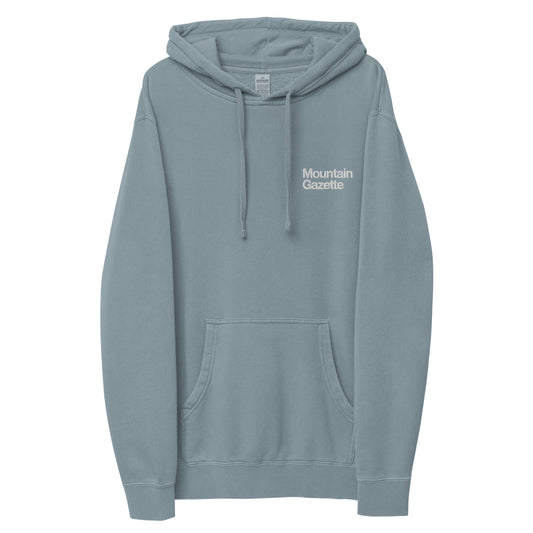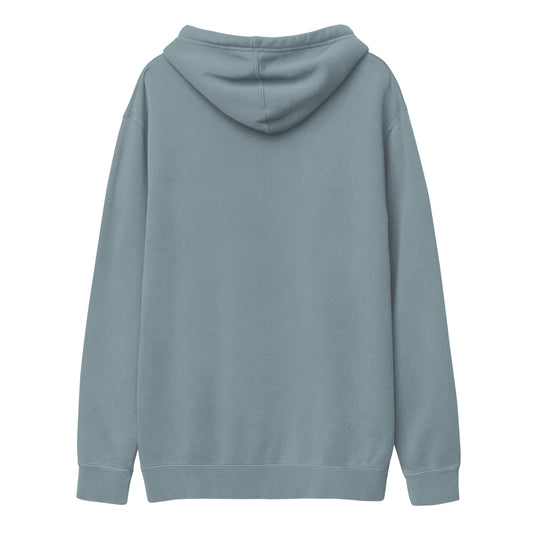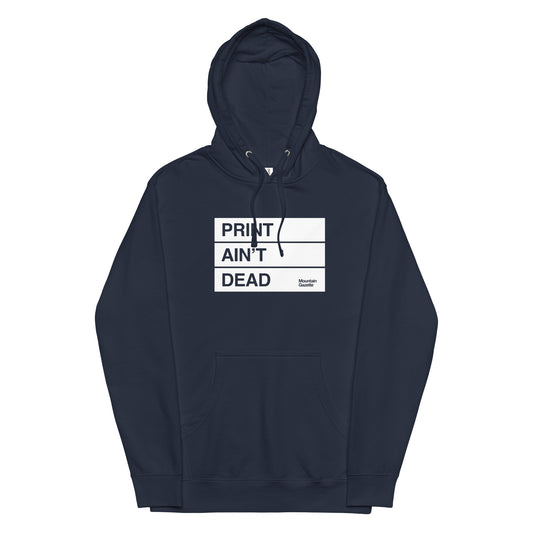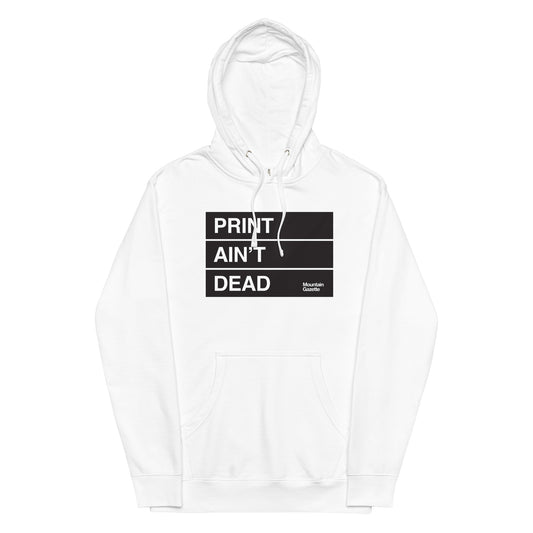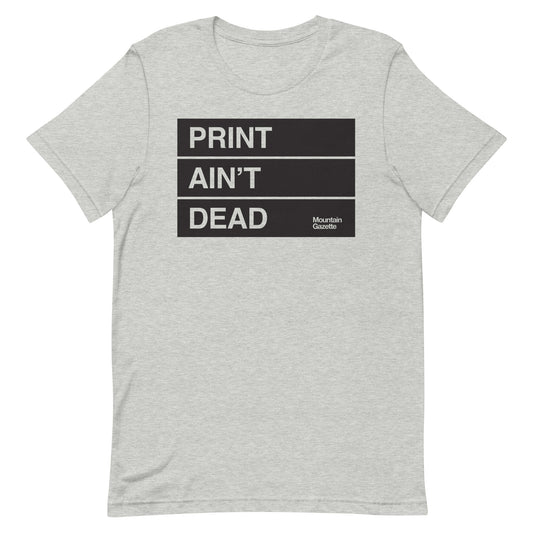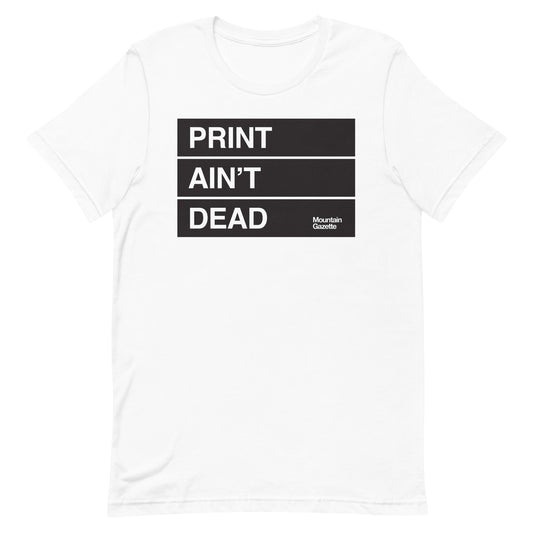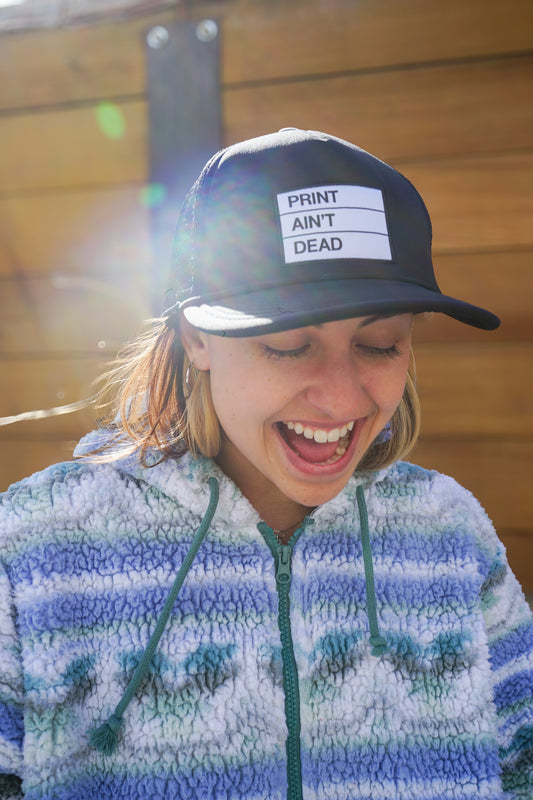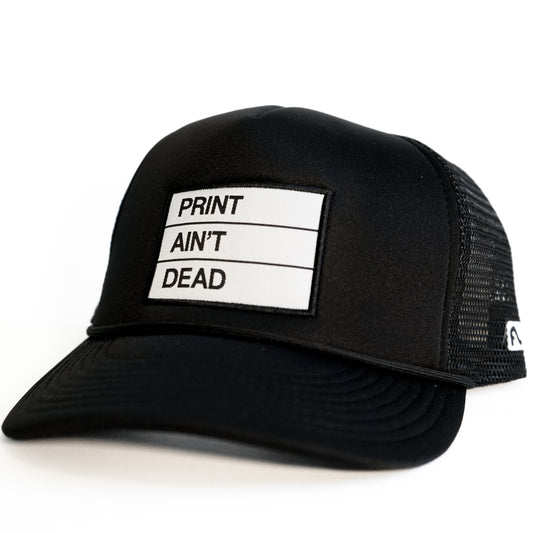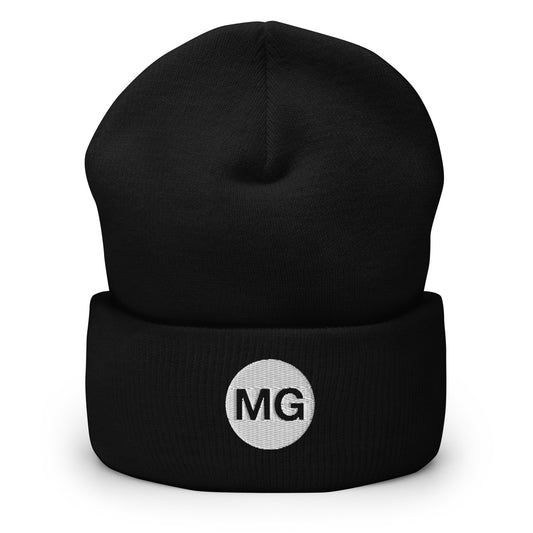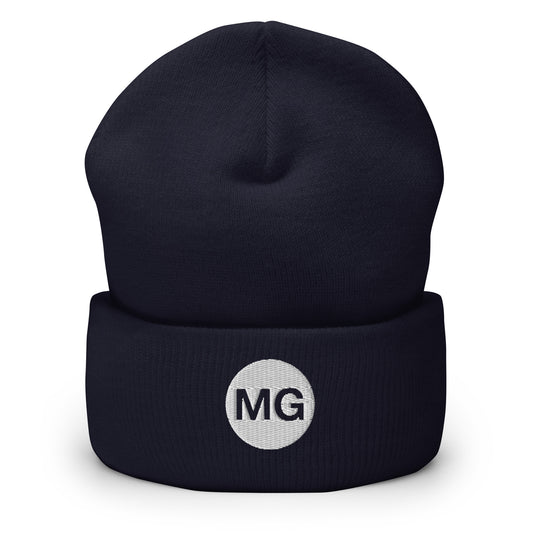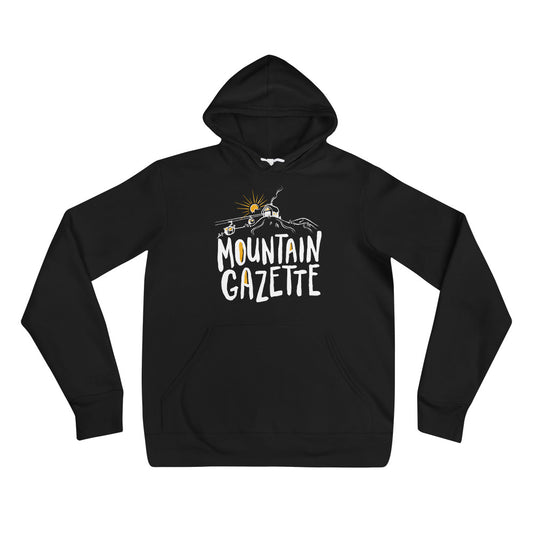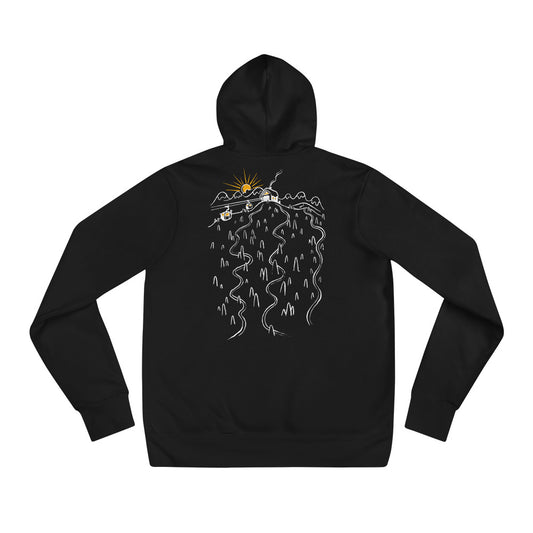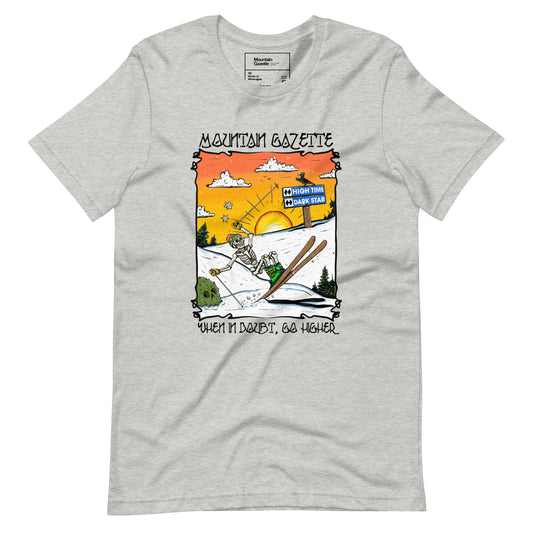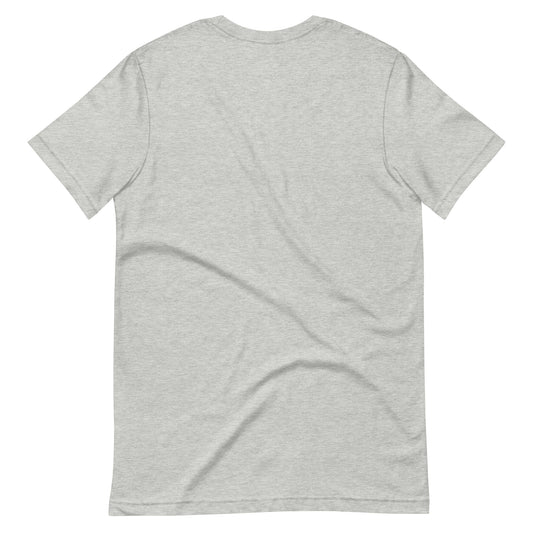Interview by Hannah Truby
Jay Blakesberg has been photographing the people, culture, and history of the rock 'n' roll music scene since 1978. Ricki Blakesberg is a Brooklyn-based photographer, photo editor and curator. Arguably the coolest father-daughter team ever, the Blakesbergs have worked to curate a retrospective collection that serves as both a visual autobiography for Jay’s most iconic work, and an archival zeitgeist of the broader musical landscape.
The archive, RetroBlakesberg, chronicles the enduring connection between music and memory; the archive serves to document the ways in which the music of the 70s onward shaped the Bay Area and beyond, with captivating photographs that celebrate the sounds and stories of the age.
Hannah: Jay, was photography always the path for you?
Jay: Yes, always. My ADD’s so bad that I could never really figure out anything else that I wanted to do. But I love this work so much, it’s my passion, my inspiration. So I worked really hard because I wanted to make a living doing this. I was very driven and focused on trying to figure out how to make a living, and that started out literally living with six roommates in Oakland and paying $130 a month rent, and figuring out how to be an artist, and slowly growing as a professional photographer into creating what I've created.
Ricki: It was a little easier back then with only $130 a month rent [laughs].
Was it the music scene that drew you to San Francisco?
Jay: Correct. Specifically I would say the Grateful Dead drew me to the Bay Area. The history of Bohemian San Francisco, hippie San Francisco, the Summer of Love, the Haight-Ashbury period. Back then, a lot of the bands from the 60s, these people were still alive, many of them, and so a lot of these people, like members of the Jefferson Airplane and Quicksilver Messenger Service and all the different Haight-Ashbury 60s bands, were still playing, and most of them were playing in small clubs and venues and free concerts, so it was easy to see the people that were your teenage heroes.
You’ve said it was your driving goal to meet and photograph your heroes, the people you admired most. What is it that you admire?
Jay: I had read the literature. I read The Electric Kool-Aid Acid Test, On the Road. I like to say some of us were born with a psychedelic strand of DNA - I happened to be one of those people. And the fact that so did The Grateful Dead, their Deadheads, the like-minded misfits that became my friends and family, all of that attracted me to them and that scene.Once you take acid, there's no going back. If that's in your heart and your soul to begin with, and you have that experience, you want to keep moving forward in that direction, and it informs your life and who you are and how you live your life and the music you want to listen to and the music that you like and the music that turns you on, and all of those things.
They say to never meet your heroes - what do you say?
Jay: Never meet your heroes [laughs]. For me, meeting my heroes was an opportunity to photograph them, to document them, to capture them in a certain time.
So more so documenting history/capturing the soul of the zeitgeist.
Jay: Correct. For me, it was always a more driven thing to create a body of work that was historically a document of a historic time. Because here we are, 45 years later, and I didn't shoot the Grateful Dead once, or I didn't shoot Jerry or Carlos Santana or Neil Young just once. It's this thread that shows them when they were younger, and them as they’re older. This band turning into that band. A lot of photographers out there may have shot the Grateful Dead once, and they're like, "Ah, I shot the Dead once, isn't that great? I don't need to shoot them again.” I'd like to shoot every artist as much as possible.
Ricki: On that note, something that is so special about the archive is the fact that we are seeing these artists in those different categories and ages, right? Seeing Bob Weir when he first started shooting him in the late 70s to now in 2024. Having that duality of seeing how he's changed and also how he hasn't is what draws back a lot of people into appreciating and feeling excited by my dad's work. Because they were on those journeys also, so they're having this visual journey with it. Growing up alongside them, I think that common thread is unique, especially for photographers in this space.
Jay, you said that your holy grail from the start was to capture the souls of these artists. Every photographer, every artist, has a different approach - what’s yours? How do you create an environment in which you’re able to do that?
A lot of these people, these artists, don't have a lot of time. They might give you five minutes, they might give you 20 minutes, so you kind of need to say, okay, I've got 30 minutes with this artist and I'm going to try this, this, this, and this, and that might be a combination of lenses, cameras and film, available light. It's trying different things. You gotta learn the rules - you know, what's your background? What's your lighting? What's your film choice? What's your camera choice? What's your lens choice? - and then break them creatively.
There's a whole section in the Gazette, the blue portraits. That was an intentional move on my part, to shoot people with the wrong film, with the wrong light to come up with a look and a feel and a style that was uniquely me. Those are the things I was trying to do. To me, it was always better to be weird than to be like everybody else.
Ricki, I read that the idea for RetroBlakesberg was born in the midst of the pandemic. Did it start out as solely a passion project, or were there always hopes of taking it somewhere?
Ricki: I think a little bit of both. I have always been super fond of photography. I majored in photography in college and have always really appreciated it. For me, my dad's film work, I would say in the last 15 years, wasn't really getting out into the world, and I wanted a place where I knew people my age and younger would appreciate it and feel excited to see this type of work.
Over time, I've just grown really connected to the archive. I've learned way more about the history of his photographs than I ever really expected to. Now I'll be walking around and I'll see something and I'll be like, "Oh, Dad, can you send me this photo from Laguna Secka?"
Jay: Seca, Laguna Seca.
Ricki: Seca [laughs]. I guess not well enough.
Throughout this process, what, would you say, has stuck out most to you? Have there been things you learned about your dad or the music culture as a whole that surprised you?
Ricki: Some of the surprises were seeing the more lifestyle photography he did, whether it was of the fans or if he was on the road. I think a lot of those photos were the ones I hadn't seen growing up because there wasn't really a platform where it would make sense to put things out there.
There’s definitely a trend today of trying to repencapsulate that nostalgia, people want to see it, the people the culture in its prime. I think it was a genius idea to put it out onto Instagram.
Ricki: There's something so insane about that because my dad and I always say that we live in this nostalgic reality right now where we're constantly trying to experience moments from the past, and I think there's something really beautiful in it, too. Instagram and social media are such good places for that. People want to see the style from the 80s or the 70s and the younger selves of these artists that they love.
It's been fun to see the world through his eyes when he was shooting at my age and also when he's shooting now.
Do you have any favorites from the archive?
Ricki: For me, it's like thinking about the Red Hot Chili Peppers or Soundgarden and stuff like that. Those were the photos in terms of bands that were really fun and surprising for me and really stuck out, and also seeing these guys, they were really in their prime when my dad was shooting them. That's when they were starting in the 80s and 90s versus some of the 70s bands that were already a little bit older.
How has it been to collaborate on this project that combines your idea with your Dad’s work?
Ricki: I think that now we collaborate way more on a lot of it just because we've done so much work, especially with Retro Blakesberg. We definitely still butt heads, but when we're creating these spreads now, we're collaborating a lot more on how to tell the story. I have an aesthetic way of how I like to show these photos, but Jay was there and had the timeline. We need to figure out how to work together to make sure both of our visions are aligning. It's been almost five years of me really working with his stuff, and it’s been fun. I know this stuff really well and feel really connected to it.
Sometimes I’ll have to stand my ground if I think something fits better than he might think, and those are fun conversations to have. And, with us being younger, we have a knowledge of the Instagram world, and Jay comes with a plethora of knowledge from that. So, it's a cool collaboration.
You said you majored in photography. How do you think archives like this/photography curation can contribute to culture, our understanding of history?
Ricki: I think that visual storytelling is so important, especially now because we live in such a fast-paced environment. A lot of people don't have the attention span to read about something, so sometimes it's just easier and more exciting to look at. Photo archives offer viewers a chance to slow down a little and really appreciate what was happening in the 60s, 70s, 80s, and 90s. They can take in everything visually and then maybe pause and say, "You know what, maybe I do want to read the caption or the story connected to this photograph. I want to hear more about the story that streamlines these images together."
My dad and I have a Historic Grateful Dead photography exhibit right now at the Dead Forever Experience at The Venetian in Las Vegas, which is connected to the Dead and Good Co. residency at the Sphere. It's cool because there's this chronological storyline of the Grateful Dead so viewers can really see the evolution of the band and that scene.
What’s next for you guys, and for the archive?
Jay: Go ahead, Ricks.
Ricki: We are coming out with our museum exhibit in San Francisco at the Contemporary Jewish Museum, closing on July 28th. We're moving the exhibit to the Grammy Museum in Los Angeles opening in mid-November through May 2025, so we're going to start kind of getting that out there and announcing it to the public. We're feeling really excited about that.
We also have two zines coming out, one called “Deadheads” and is all about the fans, and then another that's a punk zine, which most people don’t know that Jay documented a bunch of. I think the zines are a cool way to connect with more of my generation; they're not as expensive as a coffee table book and are a little bit more kitsch, I would say. It's like a different type of refined; it feels a little bit more creative.







